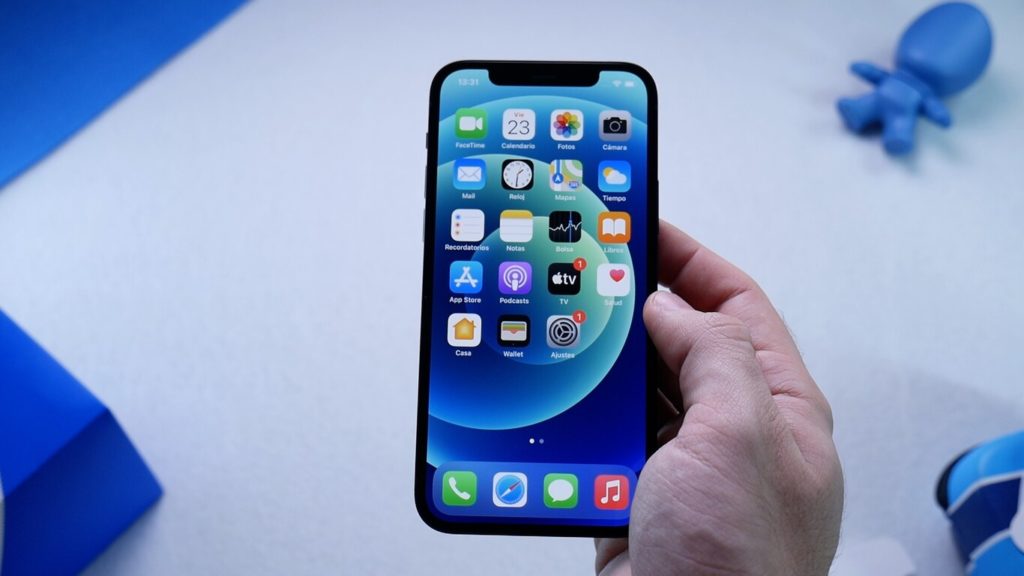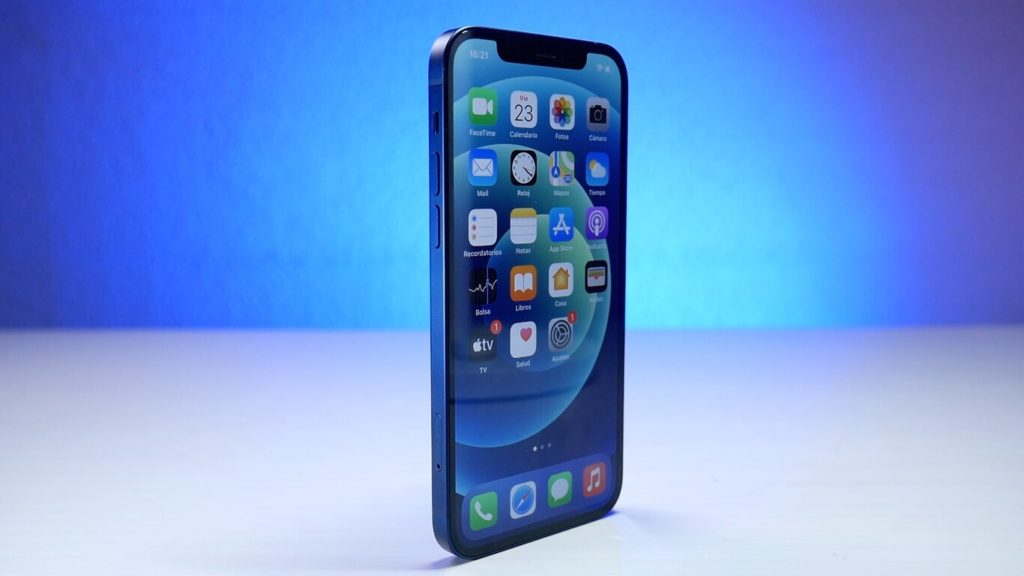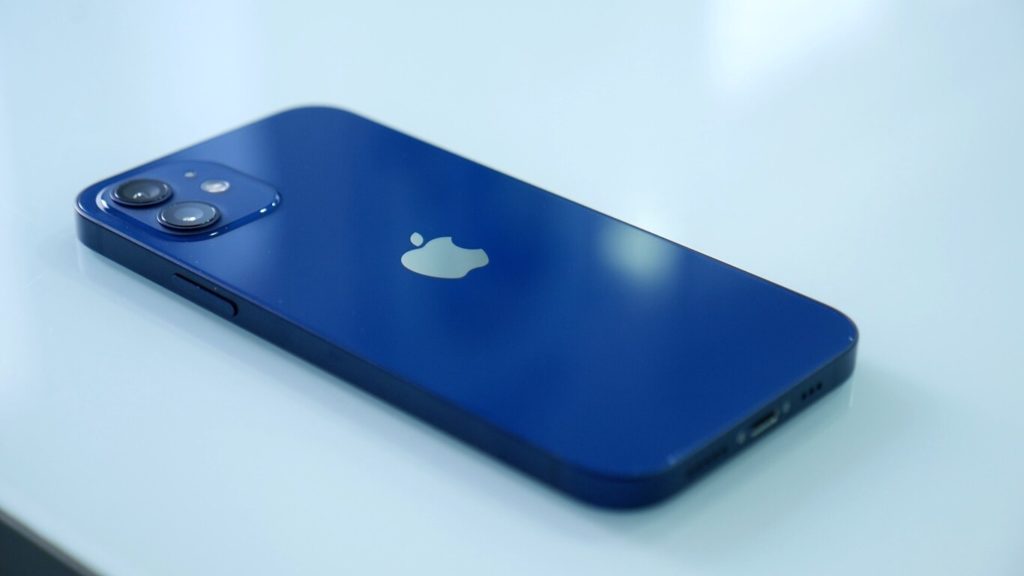In the field of technology, everything seems to be a leap forward, but there is no such perception of batteries. The autonomy of our smartphones creates a bit of tension, and curiously we have a possible solution to this problem right under our noses.
This is the dark mode, which is gradually becoming an option on desktop and mobile operating systems, demonstrating the ability to save a significant amount of power when used. The same must be forgotten in the usual way, although not everything that glitters in an eye is gold.
The new iPhone 12 hits the market with a high-resolution OLED screen, a new design that affects everyday experiences, and a theoretical dual camera. Will buying a cheaper iPhone 11 be enough? And how do you cover the Model 12 Pro? We will talk about it in this iPhone 12 review.
Back to the future at the design level
With no seemingly major design changes, the iPhone 12 has recently hit the market with a different take on Apple’s phone design language. This is also very important as it has a significant impact on the user experience.
The transition from a curved edge to a straight edge may seem very small, but the iPhone 12 experience will change dramatically.
The iPhone 12’s design incorporates the same design benchmarking elements as the iPhone 5, but with technology and advancements that offer long life, or at least a significant return to the second-hand market.

The curve is very suitable on mobile devices. They make them more comfortable and soft to the touch, but above all they allow better hand-to-phone communication.
The first days of using the iPhone 12 felt very strange. There have been iPhones with curved edges for generations, and the Android ecosystem is also dominated by the design of this phone.

The first impression of having an iPhone 12 is that the larger size is due to its straight edges, which sounds crazy, but the first rejection for the rarity of these edges is outdated. Yes, and therefore forgotten in “our sensory memory”. “
I’m still skeptical about what it feels like to keep this same 5.8-inch design. And again, with a reminder of the matte finish I’ve always liked on the phone, Apple has gone for this version of the iPhone 12 Pro.
The glossy finish, especially the tested dark blue tones, is forced to clean the rear, especially with consistent fingerprints and grease. And it is a sophisticated finish, without a doubt.
Once you get used to the novelty of the straight edges, the improved smoothness and grip of the iPhone 12 is a good thing for the redesign.
After the first few hours with the new design of the iPhone 12, the phone has become more manageable and comfortable. However, it is still far from what the curvature of the hip allows.
I am particularly interested in how the iPhone 12 allows light to pass through my hand and how it resists slippage. Greatly improves grip and safety against accidental slipping.

Speaking of which, when I tested the drop, recoil, or display resistance that Apple boasted of in the presentation, I gave my everyday device the same use and attention. I couldn’t regret it because there were no drops, marks, or normal wear and tear.
I haven’t tested water resistance either, but it’s IP68, and it’s actually soothing against splashes and accidental splashes. Or clean from time to time.
In terms of physical connection, this iPhone 12 maintains a permanent lighting port and physical controls on the iPhone (power control on the right and volume control below the mute button on the left). They are easily accessible and have good contacts and travel.
The glossy finish has been raised on the back that houses the camera module. There are two of them in the iPhone 12, but the modules occupy the same area as the Pro model. The module is still sticky to the touch, but it does sit on the table, with some wobbles, but that shouldn’t affect the comfortable operation of the device. screen.

Vibrant OLED panel, one of the reasons for the manufacture of the iPhone 12
The great evolution of this generation of iPhone 12 is on the screen. And this is something you will instantly appreciate if it comes from an LCD monitor. The new OLED Super Retina XDR display
It elevates the device and clearly differentiates it from the Pro model with version 11, which is limited in many ways.
The non-Pro model’s OLED screen makes this generation less clear on the line between the two most popular iPhone 12s.
This year, the display and interior are quite similar and the difference between the Dry 12 and Pro versions is as insignificant as ever. It seems that Apple has chosen to simplify the catalog, merging these two devices into one, reducing the size of the iPhone 12 Mini and increasing the Max (camera size and performance).